Originally posted by kitabel
View Post
But we do know they are very forgiving, otherwise they would never have gotten so badly worn.
This 'daylight' is the combination of both of a worn disc (first attachment) or under-sized (common for NOS "seconds" and repop) discs, plus the groove worn into the body of the carb (second attachment).
Even a disc perfectly fitted to the overall bore will show daylight at the 'eyebrow' of wear, and not direct air in and out of the bleeds ('transition holes') as designed, especially when the wear extends all the way to the bleeds themselves (third attachment).
So its a matter of how well you want the machine to tune, and perform.
My personal philosophy is that only a ""blue-printed"" carb will be 'all that it can be', and perhaps even better than the average production carb at that.
(This allowed me to offer the service successfully for many, many years, without any practical means of testing. A worn carb would be a liability.)
Does the rider want the machine to be all it can be, or just 'run'?
....Cotten
PS: Even properly torquing the carb to the manifold changes the bore slightly where a DLX/L&L throttledisc should "close". Graciously, it does not operate "closed", although I machined them torqued as if it did.
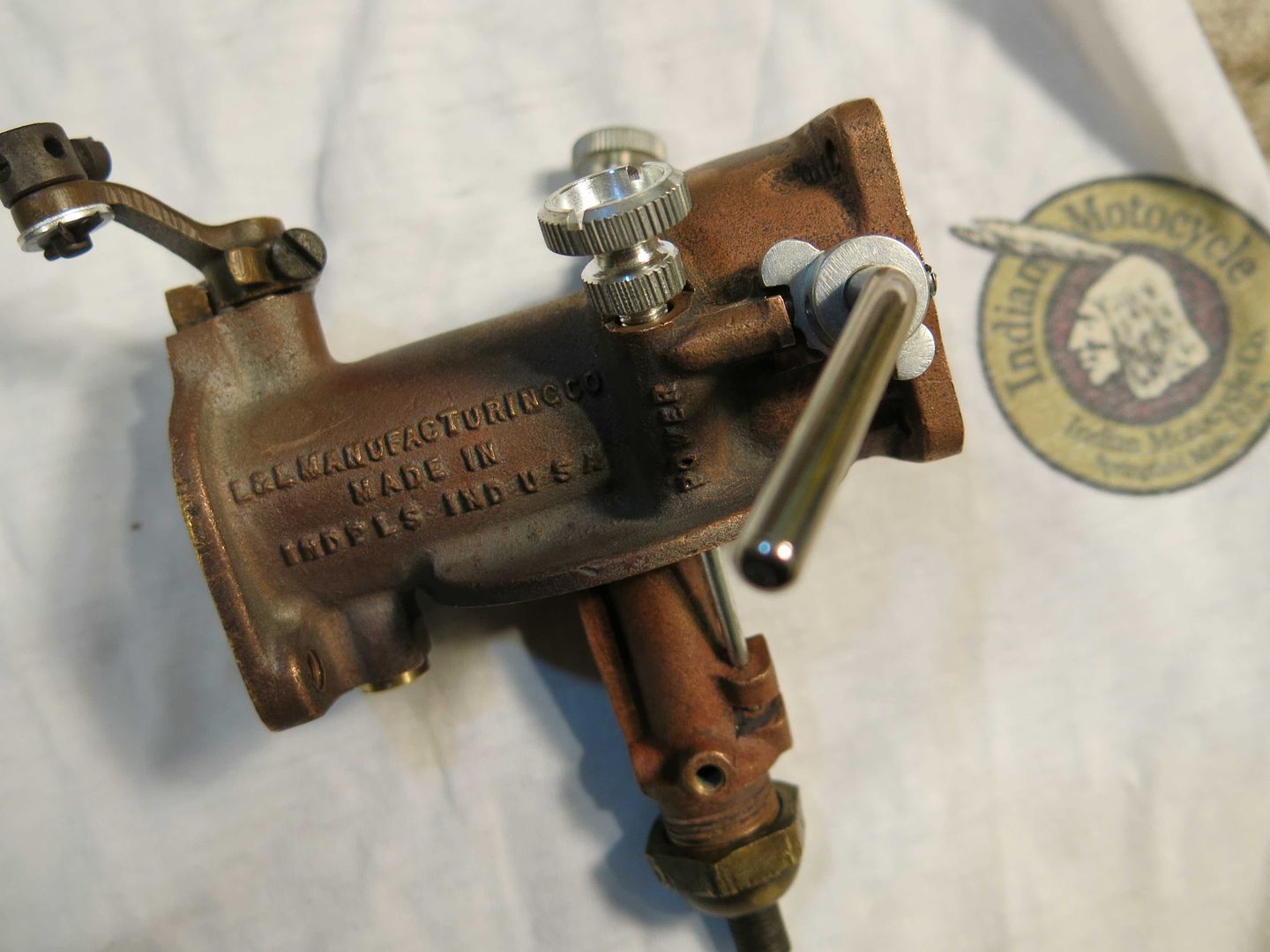

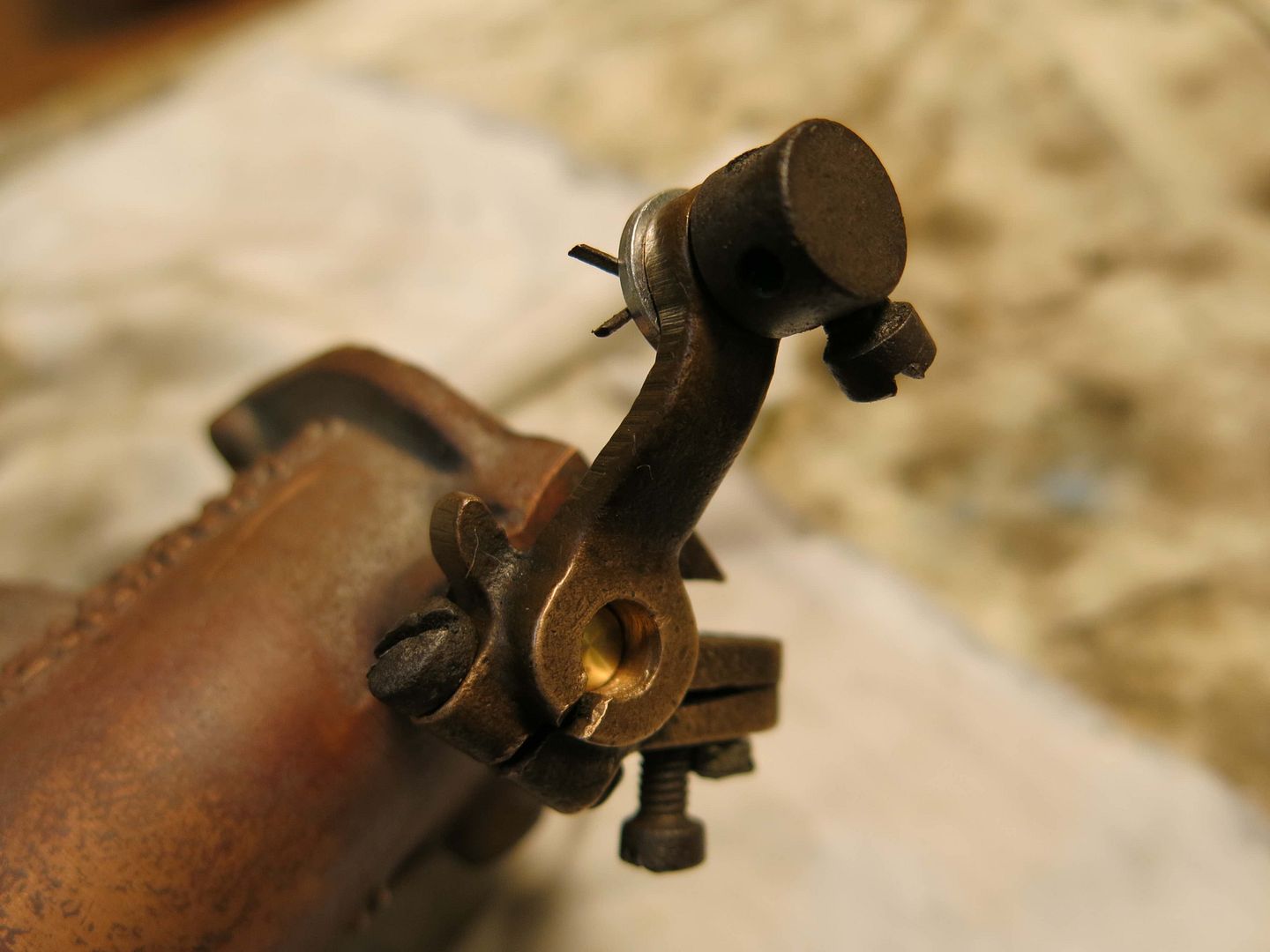

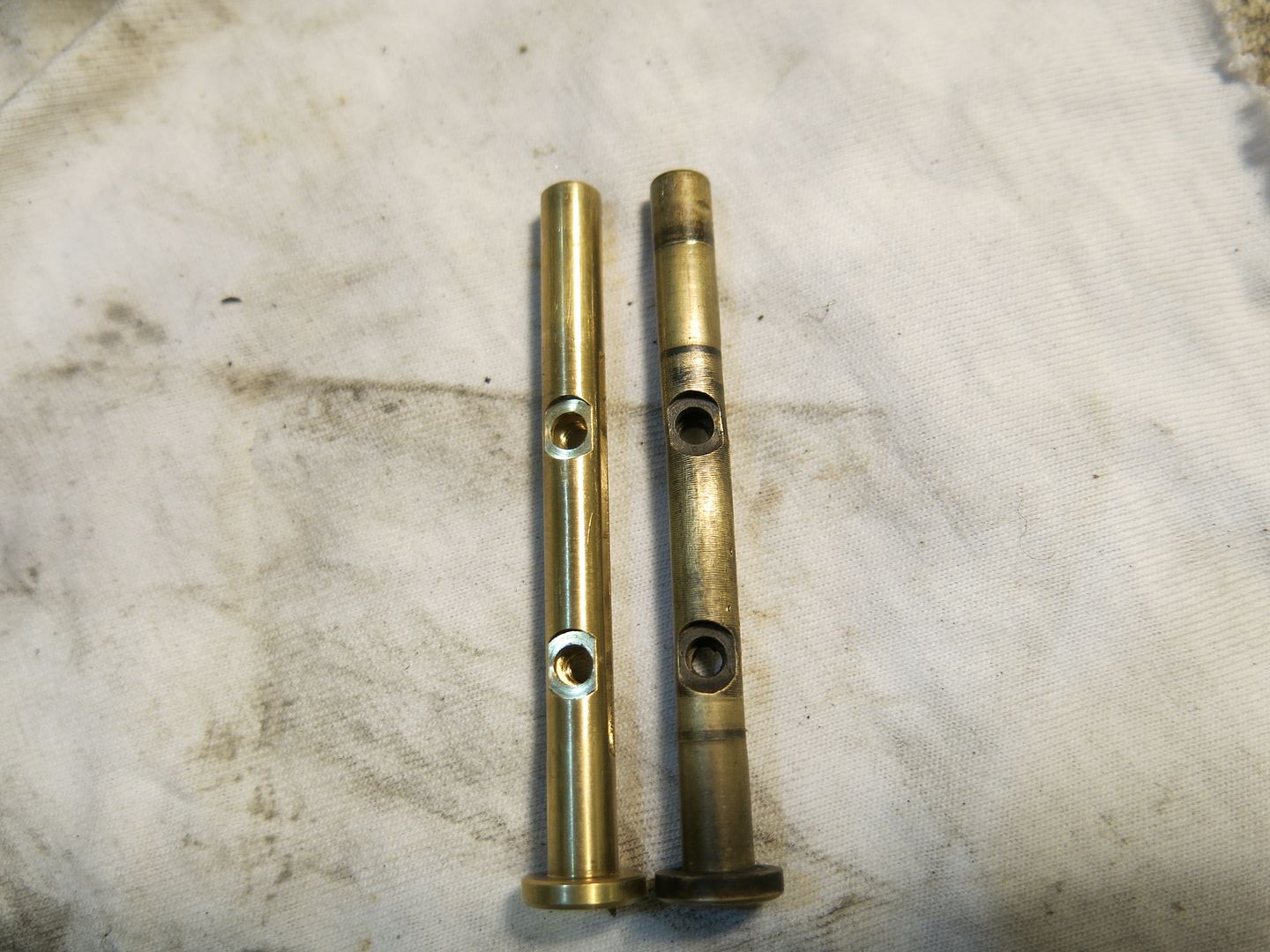
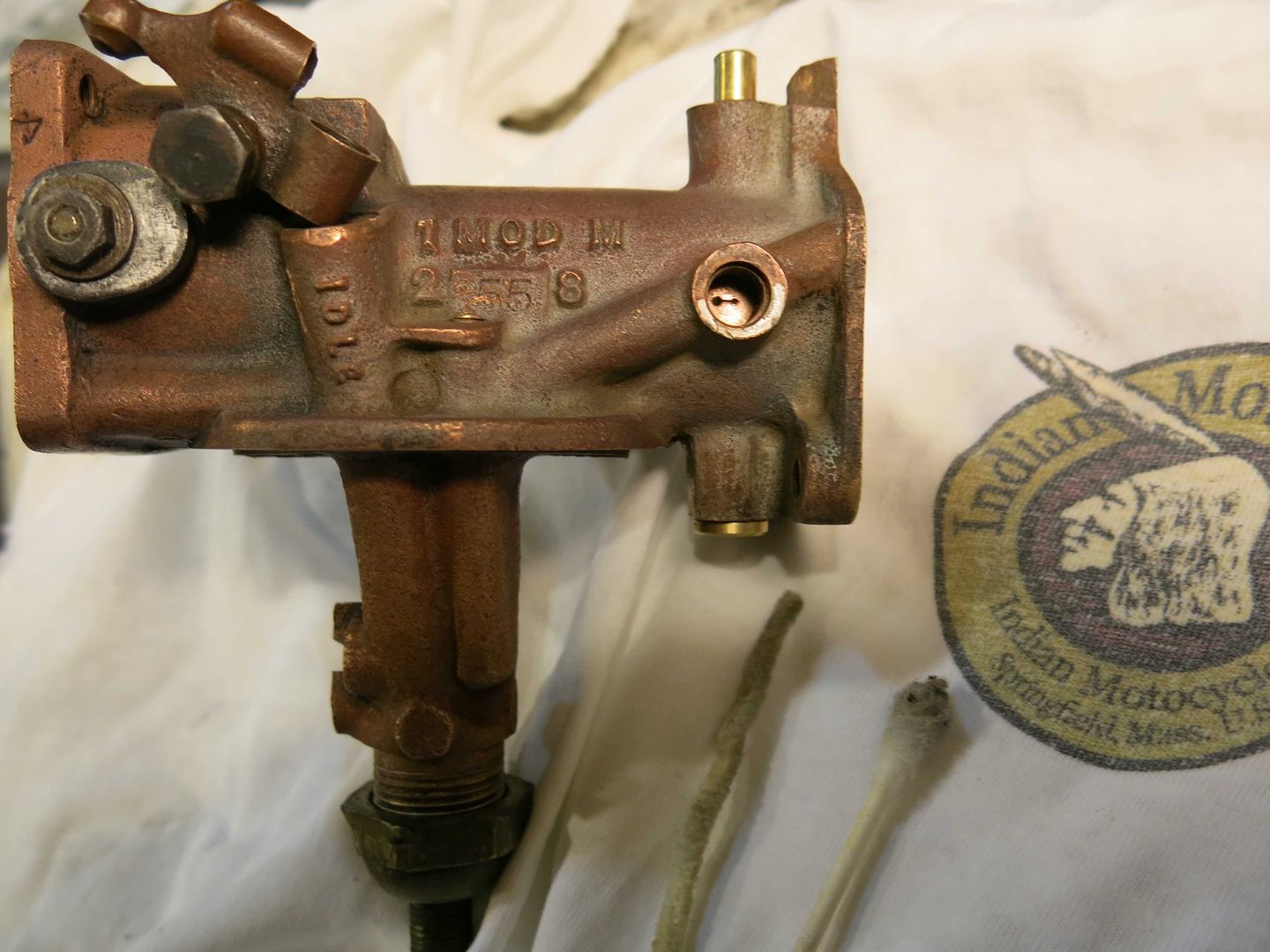
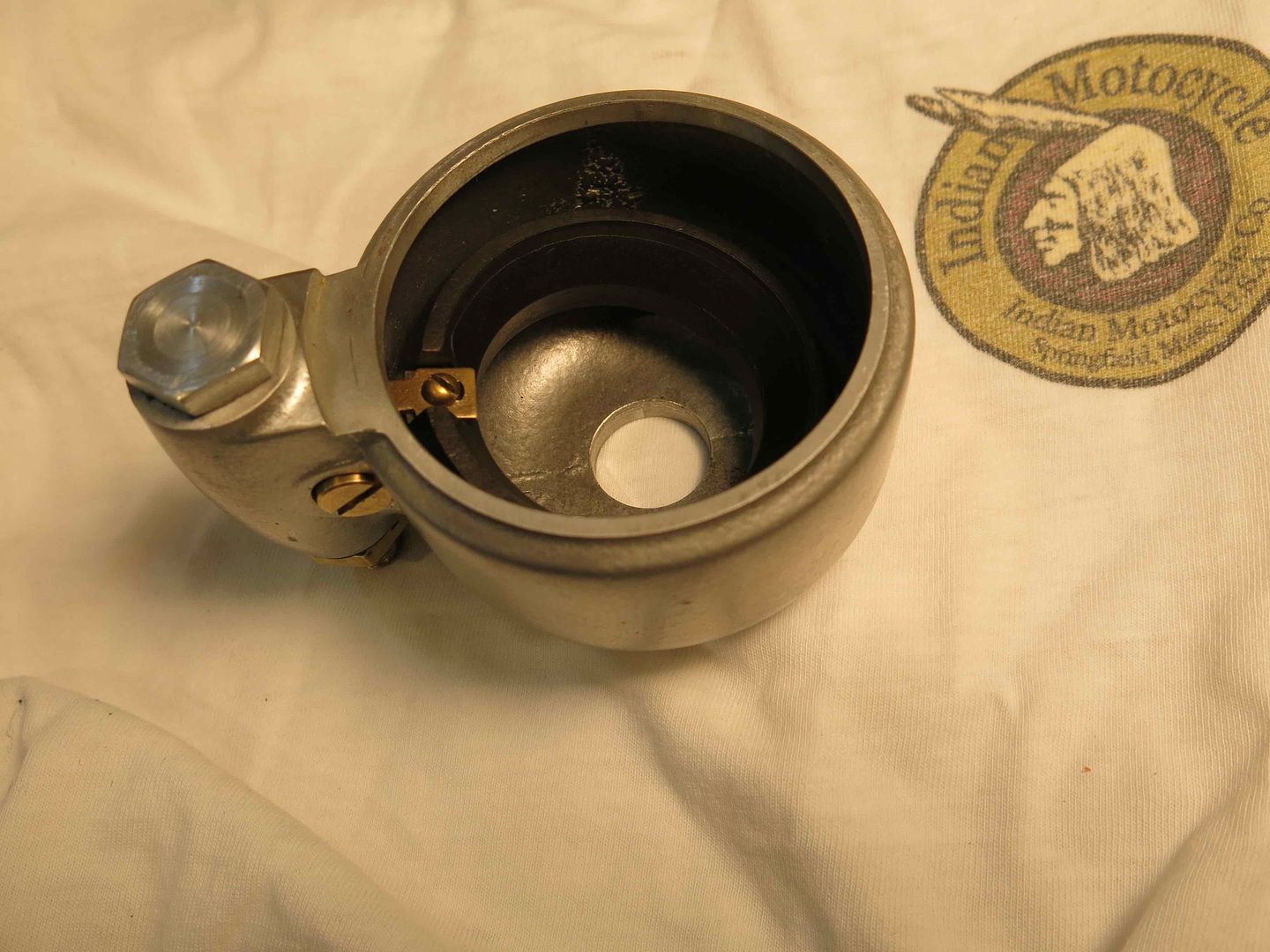


Leave a comment: